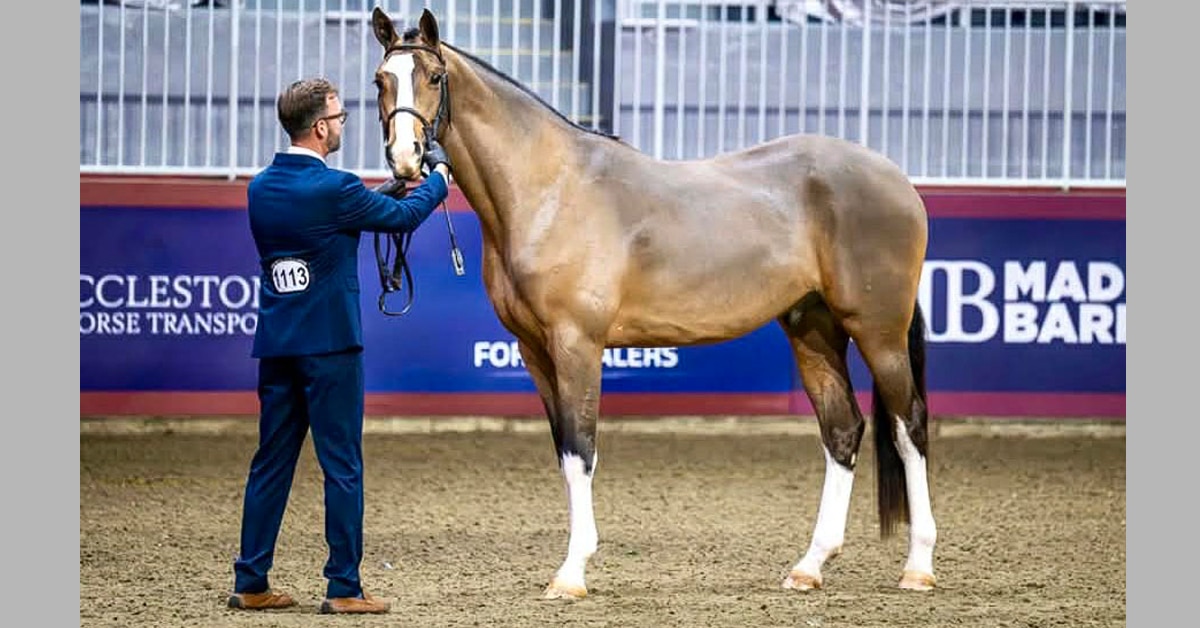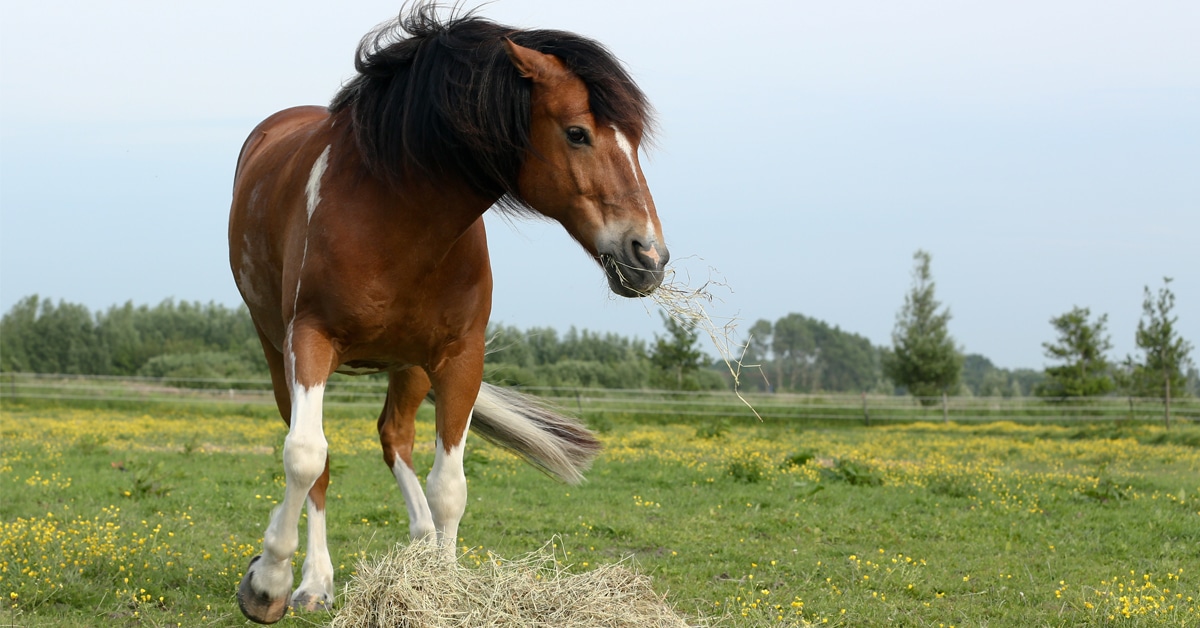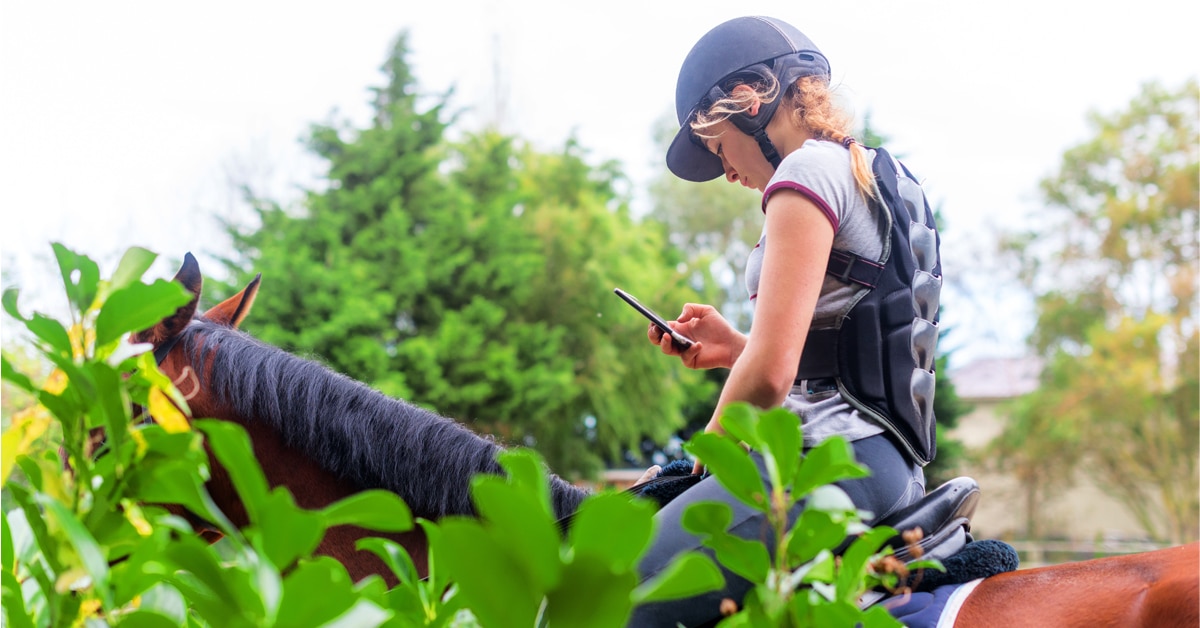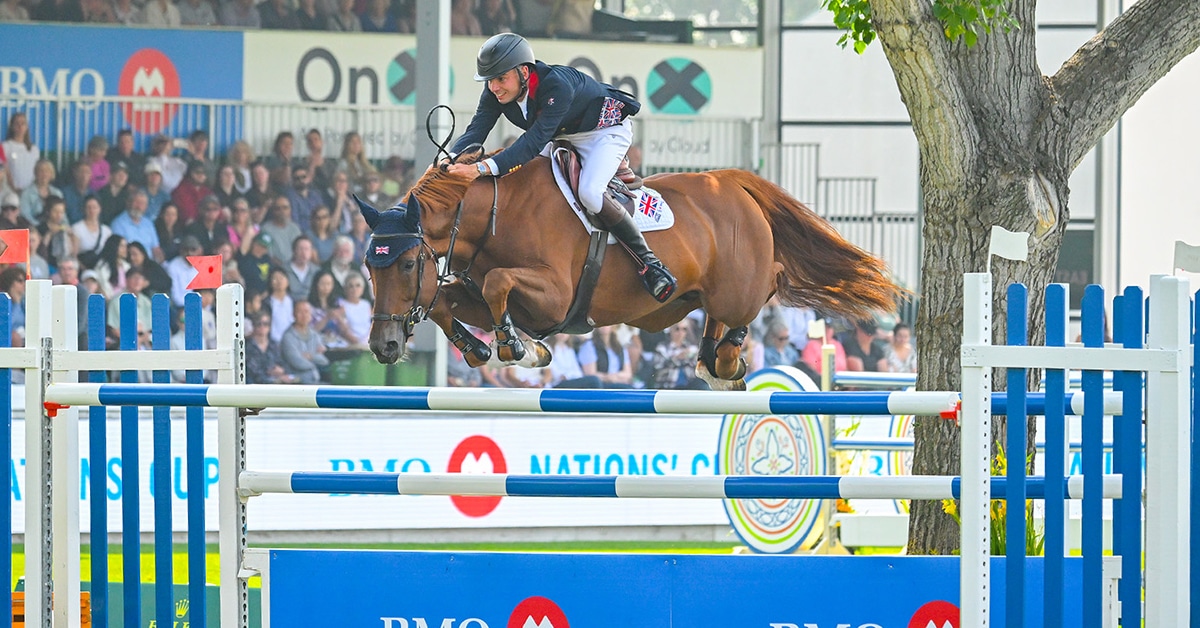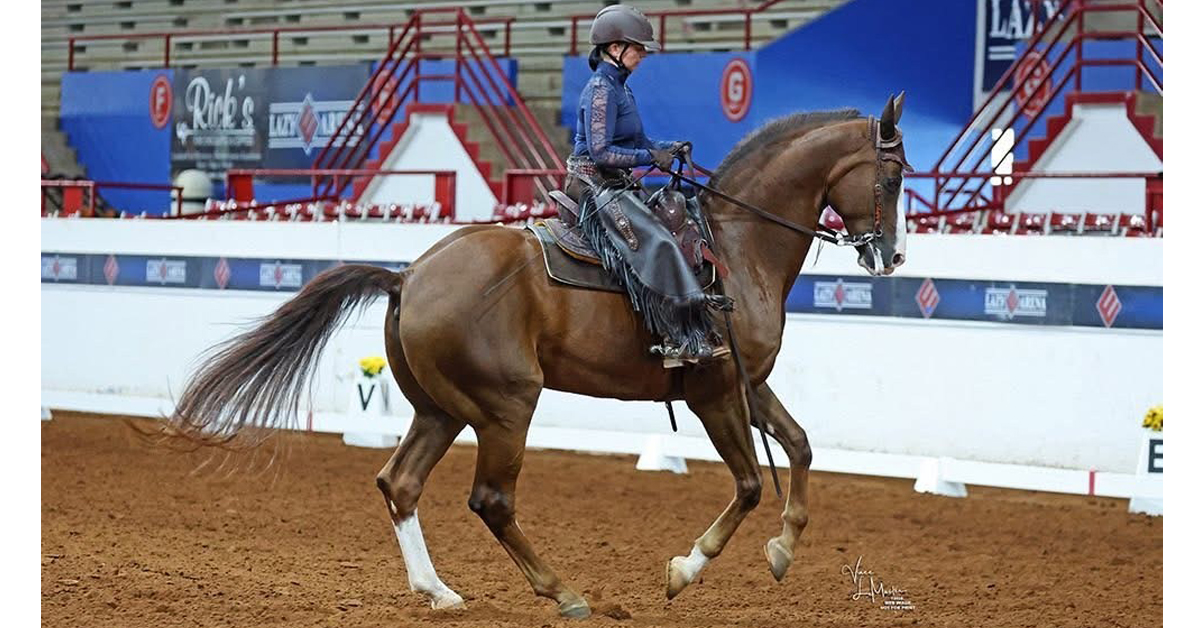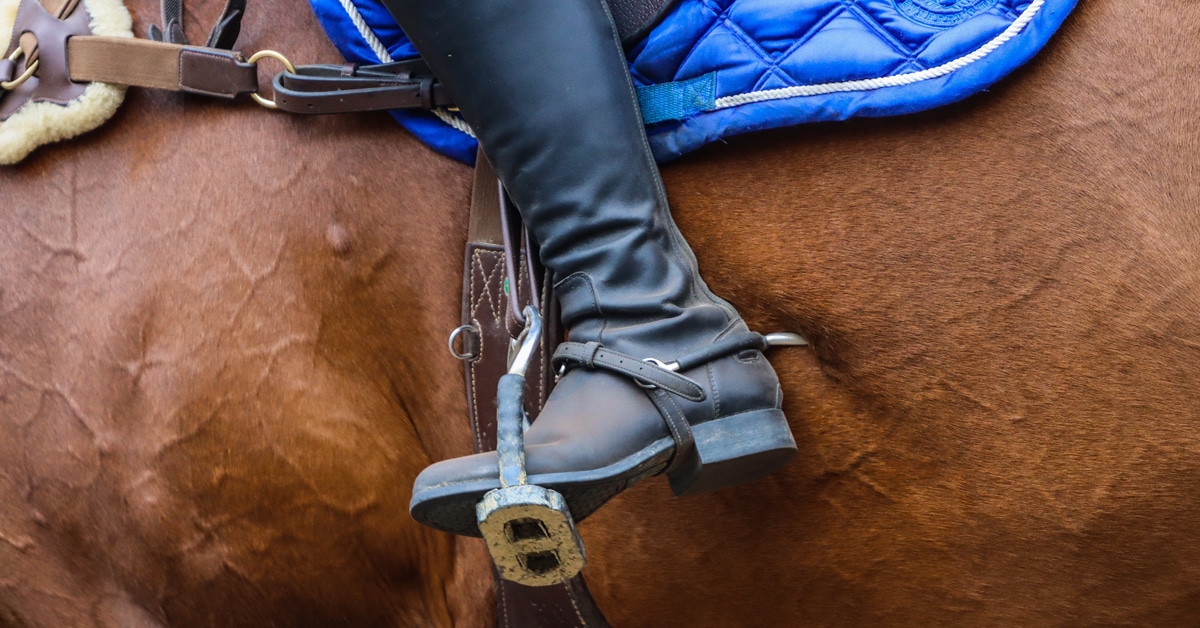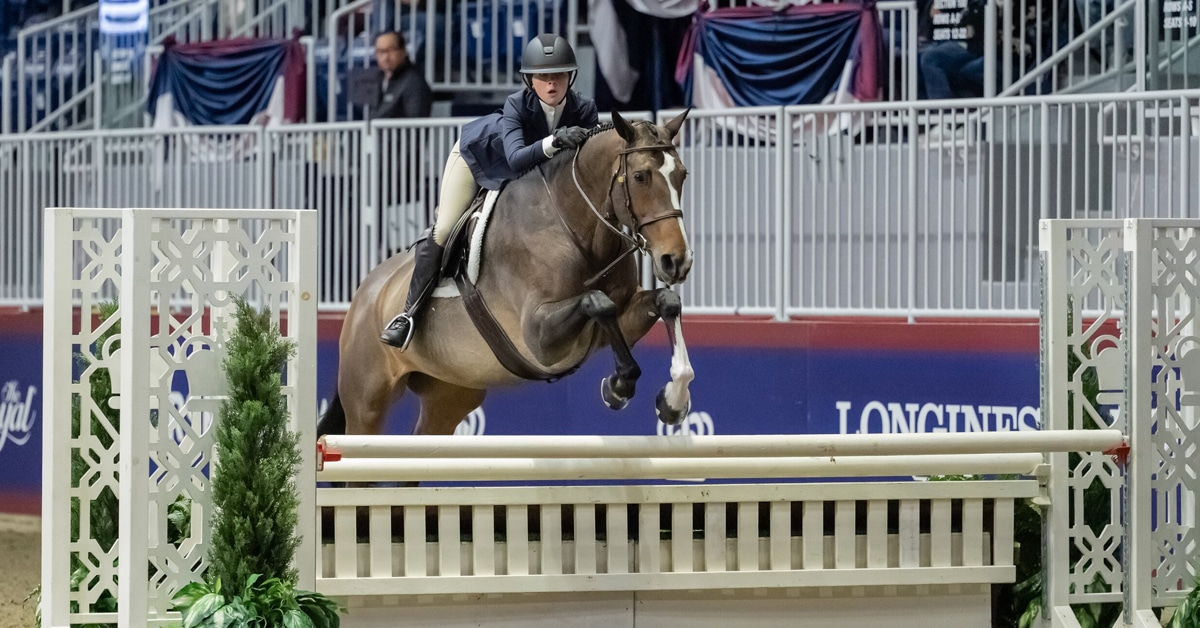If your horse exhibits “pica” – the general term for the consumption of non-nutritive substances such as mud, wood, cloth, bedding, or manure – you need to look at both his diet and his environment for answers. If the horse’s diet is well-balanced nutritionally, it has plenty of access to quality forage, and a veterinary exam has ruled out the possibility of parasite infestation, then other factors such as boredom or loneliness might be the trigger. In the latter case, something as simple as increased exercise, a companion, or being stabled with a view of other horses may help.
Geophagia, or purposefully consuming dirt (not accidentally swallowing it along with feed off the ground), is actually not uncommon, especially in feral horses. Originally thought to be caused by salt, phosphorous, or potassium deficiency, this theory has been dispelled somewhat in the case of domesticated horses, as horses fed a healthy, balanced diet will still eat dirt. While the practice is generally harmless, consuming sand can cause colic and other intestinal troubles and should be discouraged by not feeding hay off the ground or avoiding turning the horse out in sandy paddocks if possible.
Lignophagia is the eating of wood, including stall walls and shavings, which may indicate a dearth of roughage in the diet caused by lack of grazing, or boredom from lengthy periods of stall confinement. Feeding smaller meals more often, switching to a different type of bedding, and providing more turnout, exercise, and interaction with other horses may alleviate the problem.
One of the more disturbing dining choices, coprophagia – the consumption of manure – is most common in foals during the first few months of life. Researchers believe that foals observed eating their mother’s (or any adult horse’s) droppings may be naturally introducing useful bacteria into their intestinal tract in preparation for a diet more heavily reliant on forage than milk. In mature horses, starvation or protein deficiency caused by lack of good-quality hay can result in coprophagia.
If your vet or equine nutritionist suggests treating pica with increased hay rations or supplementation with trace minerals, as with any alteration in the horse’s diet, always be sure to make changes slowly over a period of time.
The Latest
